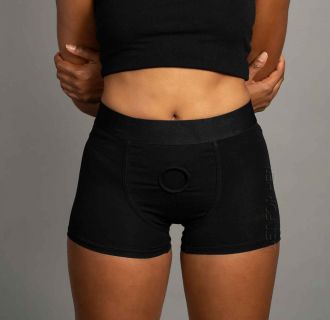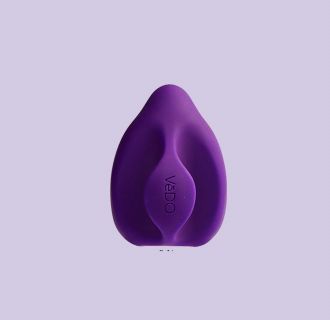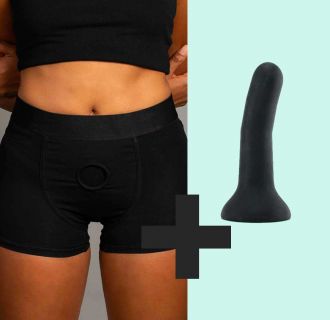Crafted by lesbians
Our unique sex toys are designed for lesbians, queers, bi sexuals, and trangender communities.










-
29 June 2022What are strapons made of? Our guide to materials and texturesThinking of buying a strapon but not sure what type to get? Within the below guide, you will discover everything there is to know about choosing a...
-
18 May 2022Let's Talk About AftercareAftercare: important, but not talked about enough. Aftercare represents what you do to mediate your body and emotions after sex.
-
28 April 2022Happy Lesbian Visibility Week!Each year from April 25 - May 1, LGBTQIA communities celebrates Lesbian Visibility Week!
-
16 August 2021What does it mean to be queer enough?What does it mean to be queer enough? It should be obvious that there isn't a right or wrong way to be queer. Since we're all different, there's...
Best lesbian sex toys, double dildos, strap-on harnesses, non-realistic dildos, packers and strap-on sex toys for queer and lesbian couples | WET FOR HER
Founded in 2009, Wet For Her is a sex toy designer and manufacturer specializing in non-realistic sex toys for lesbians and queer communities. The queer women’s online store features an extensive range of pleasure products on the market. These include the best strap-on dildos on the market, as well as many varieties of dildos, double dildos, and harnesses for strap-ons. There is also a selection of vibrators and must-have essentials such as massage oils and lubricants. Wet For Her ships worldwide.
The Wet For Her branded sex toys are developed and made with the highest-quality medical-grade silicone which is phthalate-free and body-safe. It’s silky soft to touch and easy to clean. Our signature sex toys include the popular Two Finger Extender, which is an ergonomic sheath designed to accommodate two fingers for deeper penetration. Our latest addition to the Wet For Her range is the RockHer Scissoring Vibration. This clever creation has been designed to use whilst scissoring. It has 10 vibrational settings, is USB rechargeable and is controlled via a wireless remote.
Other Wet For Her products includes the double dildo Four Double Dildo, which has been modeled on the Two Finger Extender and is compatible with a harness. Our Union Double Dildo is a very popular choice and it’s easy to see why this double dildo vibrates and provides dual pleasure for both the wearer the receiver. The Fusion is one of our best-selling strap-on dildo. It has a unique base that offers non-penetrative pleasure to the harness wearer. All of our strap-on dildos and double dildos are o-ring compatible with a variety of strap-on harnesses and panty harnesses, also available in our online store.
When we began our journey, Wet For Her was originally created by lesbians for lesbians. However, as we have grown so has our mission…And our toys don’t discriminate! We believe we all deserve good sex! Whether you identify as lesbian, bisexual, queer cis, trans, or nonbinary; we’ve got you covered. We feature an array of FTM packers and dildos in our online store, as well the most popular STP on the market.
Wet For Her is committed to revolutionizing the sex toy landscape, which has made us one of the most renowned online lesbian sex shops for queer couples. As we grow and expand as a company, we continue to strive to service as many of you as we can!


